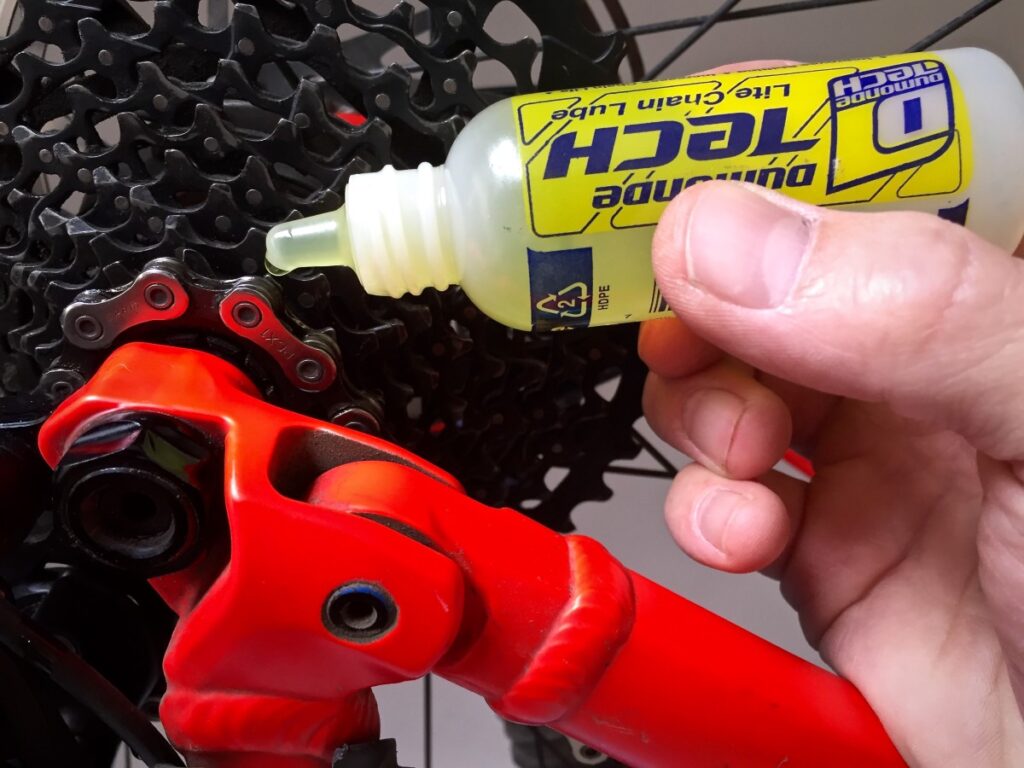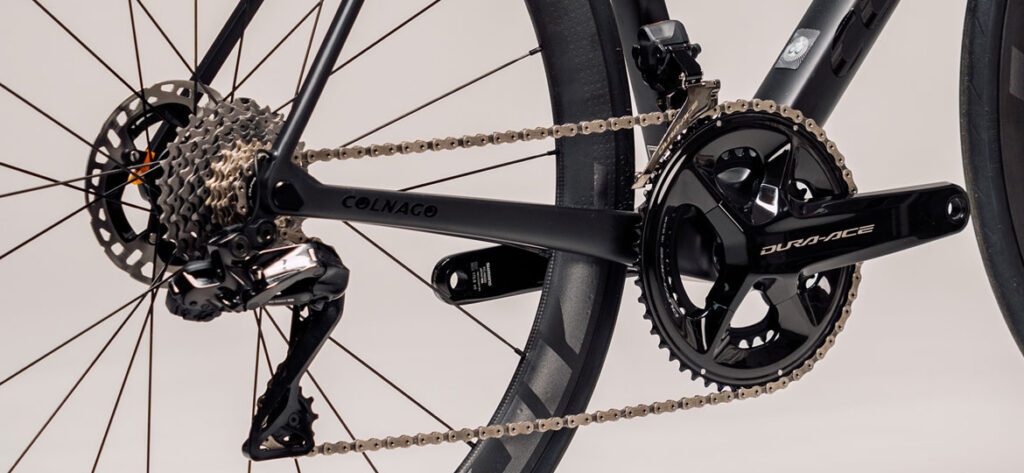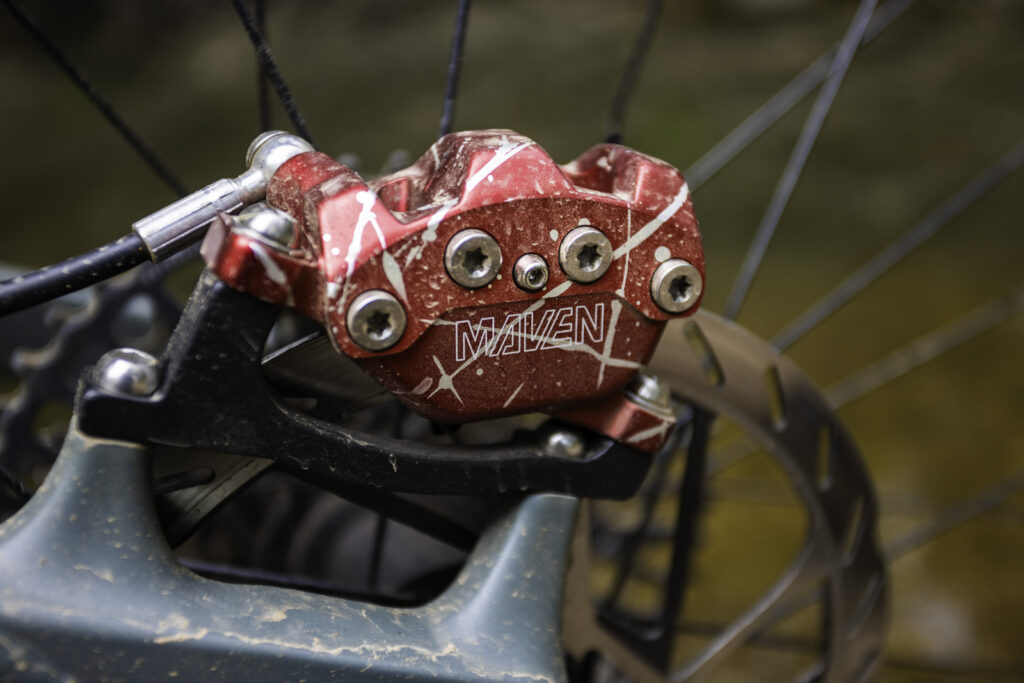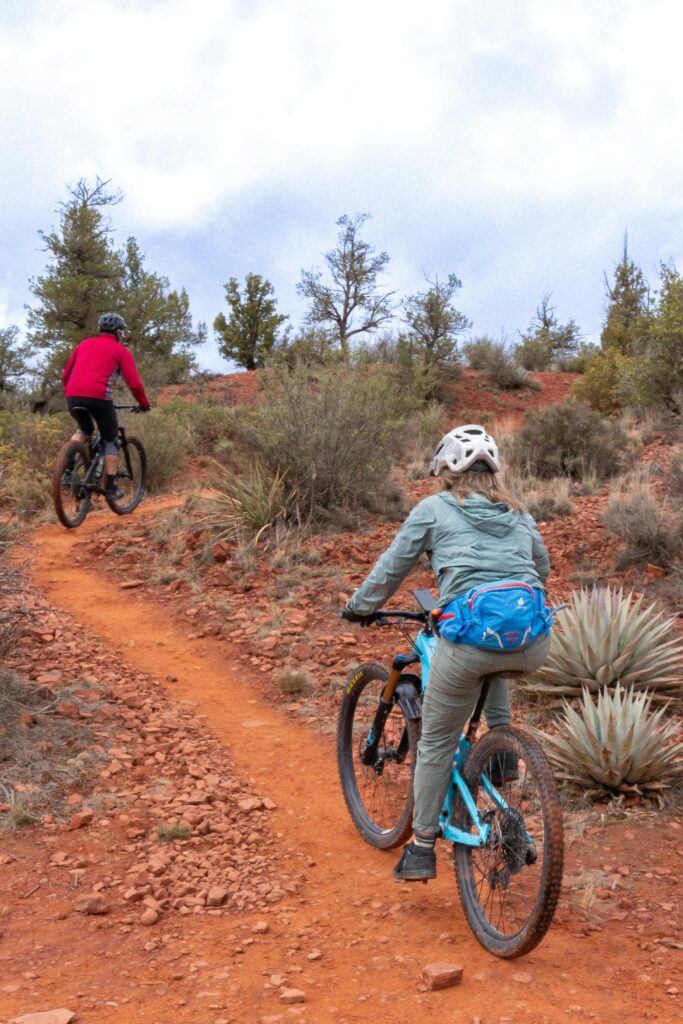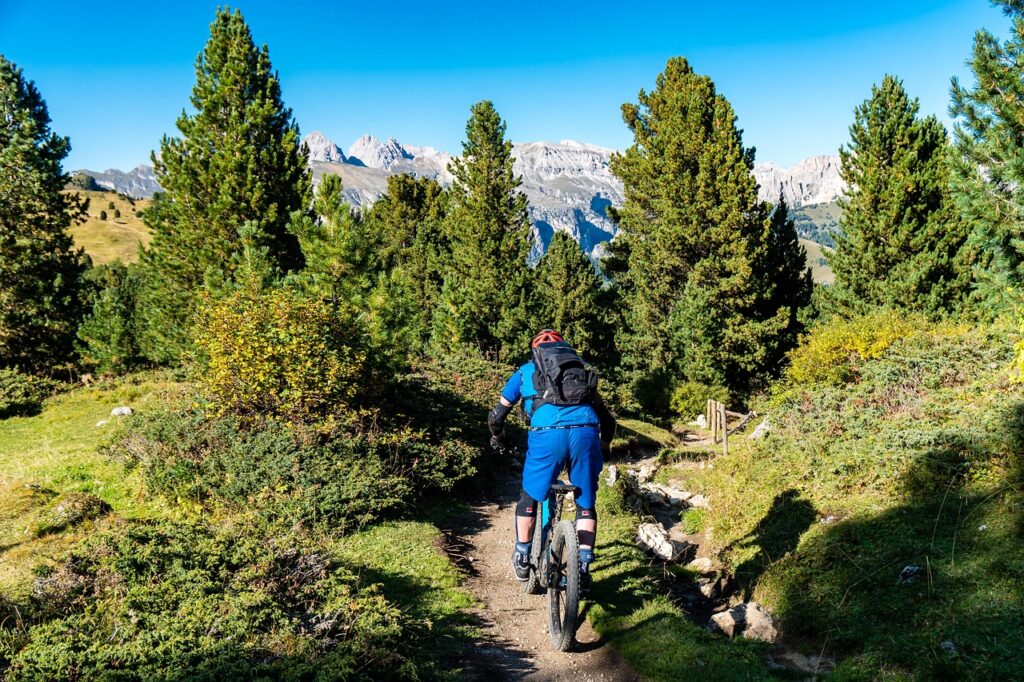Overview
Your chain is the most abused, most neglected, and most cost-intensive wear item on a bike. The right lube can cut friction, extend chain/cassette life, quiet the drivetrain, and keep your legs fresher. The wrong one turns into grinding paste, attracts grit, and eats through a cassette before spring.
This guide explains how chain lubes work, when to choose wet vs dry vs wax, why hot-melt wax is dominating performance tests, and how to prep and apply for real-world riding (road, gravel, MTB, e-bikes, coastal climates). We finish with top picks by category, a decision matrix, and a step-by-step routine you can paste into your workshop notes.
Maintenance Picks
Sold & fulfilled by BestBikeBrands
How Chain Lubes Work (and Why It Matters)
Friction and wear happen inside the chain—between the pin, bushing (or bushing area), and roller—not on the shiny outer plates. Any lube you use must penetrate the roller, form a film on load-bearing surfaces, and resist contamination (dust, water, salt). The trade-off triangle:
- Low friction (fast)
- High contamination resistance (stays clean)
- High longevity (interval between reapplication)
Different chemistries shift where you land on that triangle:
- Oils (wet lubes): Great film strength and water resistance, but can collect dirt.
- Solvent-carried dry lubes: Cleaner, but shorter life and weaker in wet grit.
- Emulsified wax drip lubes: Cleaner and longer-lasting than classic dry, good all-round.
- Hot-melt wax: Benchmark for low wear and cleanliness when applied to a fully stripped chain.
- Additive-rich blends (PTFE-free solids, WS2/MoS2, ceramic, graphene, boron nitride): Aim to reduce boundary friction; results depend on carrier and prep.
Lube Types Explained
Wet (Oil-Based) Lubes
- What it is: Oil with tackifiers and anti-wear additives.
- Strengths: Long intervals, strong film, excellent in rain, mud, and salty spray.
- Trade-offs: Attracts dirt; requires disciplined wipe-down routine; can turn black quickly.
- Best for: Wet winter commutes, sloppy MTB, coastal climates.
Dry (Solvent-Based) Lubes
- What it is: Thin carrier that evaporates, leaving a light film of wax or polymer.
- Strengths: Cleaner running in dry dust, quick to apply.
- Trade-offs: Short intervals, weak in rain, can squeak sooner.
- Best for: Summer road/gravel in low dust, low mileage between services.
Wax Drip (Emulsified or Solvent Wax)
- What it is: Liquid wax suspension that penetrates, then sets into a solid inside the chain.
- Strengths: Clean, low wear, good all-round longevity, simpler than hot-melt.
- Trade-offs: Needs decent initial prep; reapplication intervals vary with conditions.
- Best for: Road/gravel/MTB where you want low mess and strong value.
Hot-Melt Wax (Immersion)
- What it is: Chain is degreased to bare metal, then dipped in molten wax with friction modifiers.
- Strengths: Class-leading low wear, cleanliness, and speed; great cost per mile.
- Trade-offs: Upfront prep time, crock-pot setup, periodic re-dips; needs wax-compatible top-ups.
- Best for: High mileage, race day, fastidious home mechanics, coastal grit and winter when combined with good wipe routines.
Additive-Forward Lubes (Ceramic, Tungsten Disulfide, Boron Nitride, Graphene)
- What it is: Lubes touting exotic solids to reduce boundary friction.
- Strengths: Potentially lower friction and better film formation; some are very clean.
- Trade-offs: Performance depends on prep and carrier; can be pricey.
- Best for: Performance-focused riders wanting speed with drip-lube convenience.
Choosing the Right Lube: Decision Matrix
Primary conditions → choose:
- Mostly dry & clean road/gravel: Wax drip or hot-melt wax (fast, clean).
- Dry but dusty gravel/MTB: Wax drip with good penetration; hot-melt if disciplined.
- Wet commutes / coastal spray / winter grit: Quality wet lube or robust wax drip with frequent maintenance; hot-melt + diligent wipe can still win on wear.
- Mixed conditions (shoulder seasons): Premium wax drip that survives light rain; reapply more often.
- Time-crunched (no degrease): A top-tier wet lube + strict wipe protocol after each ride.
Top Picks by Category (2026)
(Brand names listed to aid shoppers; use what’s available locally and fits budget. Always prioritize prep and process.)
Best Overall (Performance + Cleanliness)
- Hot-Melt Wax Systems:
- UFO-style paraffin blends with WS2/MoS2 or similar modifiers
- Why: Lowest wear, cleanest drivetrains, outstanding value per mile if you ride a lot.
- Who: High-mileage road/gravel, racers, coastal grit riders who’ll maintain.
Best Drip Wax (No Crock-Pot Required)
- Modern drip waxes (emulsified/solvent carriers) with deep penetration
- Why: 80–90% of hot-melt benefits with easier upkeep; cleaner than oil.
- Who: All-rounders, gravel, MTB who want low mess and strong longevity.
Best Wet (Harsh Weather Workhorse)
- Premium polymer-reinforced wet lubes
- Why: Film strength + water resistance; won’t wash off mid-ride.
- Who: Daily commuters, winter road, sloppy MTB, e-bikes in rain.
Best “Set-and-Forget” for E-Bikes
- Robust wet or heavy-duty wax drip labeled for e-torque
- Why: Higher loads and miles; prioritize film strength and reapplication reminders.
- Who: E-commuters and trekking riders.
Best Budget
- No-frills drip wax for dry seasons or reputable classic wet lube
- Why: Consistent results if you follow the wipe-down routine.
- Who: New riders, fleet bikes, budget builds.
Prep and Application: The Steps That Matter
A. First-Time Deep Prep (Any Lube Type)
Goal: Remove factory grease and residues so your lube can bond inside the chain.
- Remove Chain (quick link helps).
- Degrease to bare metal:
- Soak and agitate in a quality degreaser (or mineral spirits), repeat until the solvent stays clear.
- Final rinse in isopropyl alcohol (IPA) to strip residues.
- Dry completely: Compressed air helps. Let sit until bone-dry (no solvent smell).
- Optional pre-heat (hot-melt users): Warm metal accepts wax better.
Shortcut (wheel-on): If you can’t pull the chain, use drip degreaser + a chain scrubber, then multiple hot water/soap rinses, finishing with IPA. Let dry fully.
B. Hot-Melt Method (Best-in-Class)
- Melt wax (crock-pot dedicated to bike use; ~70–90 °C depending on product).
- Stir chain in pot: Agitate for 5–10 minutes so wax floods the rollers.
- Hang to cool 30–60 minutes.
- Break links free by flexing the chain; install with clean hands.
- Bed-in ride 10–15 minutes; wipe off any surface bloom.
Top-ups: Either re-dip every 200–400 km (dry) / 100–200 km (wet grit) or use a compatible drip wax between dunks.
C. Drip Wax (Proper Penetration = Results)
- Shake bottle well.
- Apply on top of the lower run, one small drop per roller while back-pedaling slowly; do 2–3 slow rotations to work it in.
- Wait minimum 4–12 hours (overnight is best) for carrier to evaporate and wax to set.
- Wipe outer plates lightly before riding.
Intervals: 150–300 km (dry), 75–150 km (wet/dust). Listen for hiss/squeak = time to reapply.
D. Wet Lube (Cleanliness Depends on You)
- After rides, wipe the chain thoroughly with a clean rag while pedaling backward until little/ no black comes off.
- Apply sparingly: One drop per roller; avoid flooding.
- Let sit 10–20 minutes, then wipe the outside surfaces to remove excess (this single step is the difference between clean and black paste).
- Rain rides: Reapply lightly, then wipe again post-ride.
Maintenance Routines (by Discipline)
Road / Performance
- Preferred: Hot-melt or premium drip wax
- Cadence: Reapply every 200–300 km; quick outer-plate wipe after each ride.
- Race day: Fresh wax (hot dip) or fresh drip cure overnight.
Gravel
- Preferred: Drip wax or hot-melt; consider dust rating
- Cadence: Reapply every 120–200 km; wipe after dusty rides; consider mid-event top-up in ultras.
MTB
- Preferred: Drip wax with strong contamination resistance or hot-melt for big blocks; wet lube in deep mud
- Cadence: 2–4 rides per application; wipe drivetrain after every wet session.
E-Bikes
- Preferred: Heavy-duty drip wax or robust wet lube
- Cadence: Reapply more often (torque); add mileage reminders in your head unit/app; wipe after every ride.
Coastal / Winter
- Preferred: Hot-melt + disciplined wipe or premium wet (minimal excess)
- Cadence: Inspect after every wet ride; address salt promptly (rinse + dry + relube).
Troubleshooting: Symptoms → Fix
- Squeak returns quickly: Not enough lube inside rollers → slow, precise application; allow curing; consider deeper prep.
- Black paste buildup: Too much wet lube / not wiping after rides → reduce dosage, wipe outer plates, consider switching to wax.
- Chain rusting: Inadequate water displacement post-rain → lube immediately after wet rides; store bike dry.
- Skipping under load: Worn chain/cassette or contaminated rollers → check wear with a gauge; deep clean.
- Wax flakes/white dust: Normal with drip wax if overapplied; wipe outer plates; thin the next coat.
Cost of Ownership: What Saves You Money
- Hot-melt users typically report significantly longer cassette/chainring life, offsetting wax/time cost.
- Drip wax users benefit from clean pulleys and rings, fewer degreasing marathons.
- Wet lube users save time on application but should spend time on post-ride wipe-downs to protect the cassette.
Rule of thumb: If you ride ≥100–150 miles/week, hot-melt or disciplined drip wax almost always wins on dollars per 1,000 miles.
FAQ
Do I really need to strip factory grease?
If you want the full benefit of wax (drip or hot-melt), yes. Factory grease is sticky and traps dirt; it blocks penetration of cleaner lubes.
Can I mix lube types?
Avoid mixing. If switching (e.g., wet → wax), do a full degrease first.
How often should I replace my chain?
Check with a wear tool. Replace around 0.5%–0.75% elongation (12-speed often earlier). Clean lubes slow wear so you can push closer to the lower end safely.
Is ceramic/graphene “worth it”?
Sometimes—if the carrier and prep are dialed. Gains vary with conditions. For many riders, a good drip wax or hot-melt is the more reliable upgrade.
What about single-speed, fixie, or hub gears?
Wax still shines for cleanliness. Wet lube works fine if you wipe after each ride.
Quick Picks Cheat Sheet
- Set-and-forget performance: Hot-melt wax (best wear, cleanest)
- Fast, easy, clean: Modern drip wax (overnight cure)
- Relentless rain / winter: Premium wet (apply sparingly, wipe religiously)
- E-bikes: Heavy-duty drip wax or wet (shorter intervals)
- Budget: Basic drip wax in summer; classic wet in winter with strict wiping
Application Checklist (Paste into Notes)
- Degrease to bare metal (first time).
- Choose a lube based on conditions (dry/dusty, mixed, wet/salty).
- Apply one drop per roller at slow cadence; avoid flooding.
- Cure time matters (wax: overnight).
- Wipe outer plates before riding (all types).
- Intervals: Reapply at first signs of hiss/squeak or per mileage above.
- After wet rides: wipe, relube, wipe excess.
- Track chain wear; replace before it destroys the cassette.
Verdict
No lube fixes poor prep—process beats product. For most riders, drip wax provides the best blend of cleanliness, longevity, and speed with minimal hassle. If you’re willing to do the initial strip and a few re-dips, hot-melt wax delivers the cleanest drivetrain and lowest long-term cost. In brutal wet seasons, a quality wet lube still makes sense—just commit to the wipe-down ritual.
Final Take
The best chain lube is the one you’ll apply correctly and consistently. Start with a proper degrease, pick a lube that matches your weather and mileage, and build a simple routine: apply, cure, wipe, ride, repeat. Do that, and your bike gets quieter, faster, and cheaper to run—season after season.
Fast, clean, durable: pick two? With modern wax routines, you can have all three.
Related Content:
- Best Amazon Bike Lights
- How to Pack a Bike
- How to Wash a Bike Safely
- Best Comfort Saddles
- How To Lube A Bike Chain
Why Trust This Guide
BestBikeBrands is built by lifelong cyclists with decades of real-world experience — in the shop, on the trail, and behind the wrench. Our goal is simple: to help riders choose the best bikes and gear with confidence, backed by expert insights and hands-on testing. Learn more about us →
